Making training as realistic as possible is an absolute imperative for any major modern military. For obvious reasons, troops can’t actually shoot at each other during force-on-force exercises, so you need some other way to register hits and misses and make it clear for everyone involved. A new Chinese state television segment about the People’s Liberation Army’s massive and curious Zhurihe Training Center, the topic of a recent War Zone feature, shows one solution to this problem: helmets with laser tag-like sensors with small colored smoke canisters on top that go off when you get “killed.”
China Central Television’s Channel 7, or CCTV-7, aired the segment on Zhurihe on June 3 and posted a copy on YouTube two days later. It’s not entirely clear what People’s Liberation Army (PLA) units took part in the exercise or exercises shown, but the role of the enemy at the training center is played by a dedicated Opposing Force (OPFOR), or Blue Army, the 195th Mechanized Infantry Brigade, also known as the Wolves of Zhurihe.

Various types of combined arms maneuvers are shown involving tanks, armored personnel carriers, and attack helicopters. However, the CCTV-7 segment focuses primarily on small infantry units conducting Military Operations in Urban Terrain (MOUT) at Zhurihe’s expansive and highly detailed urban training section. This portion of the base, which you can read about in more detail here, consists of a complete city center with various multi-story buildings.
The smoking helmets are on full display as troops maneuver around and assault various structures, making way their way up stairs and down hallways, and taking shots at each other from one building to another. The Blue Army OPFOR units get helmets that emit blue smoke, while the units that have come to Zhurihe to train against the Wolves get ones that spew red. This color-coding for friendly and hostile units is the reverse of what it is for most of the western world, but Communist parties around the world have historically used symbols with red as the primary color and the militaries of Communist countries have often described themselves as “Red Armies,” so it makes perfect sense for the PLA.
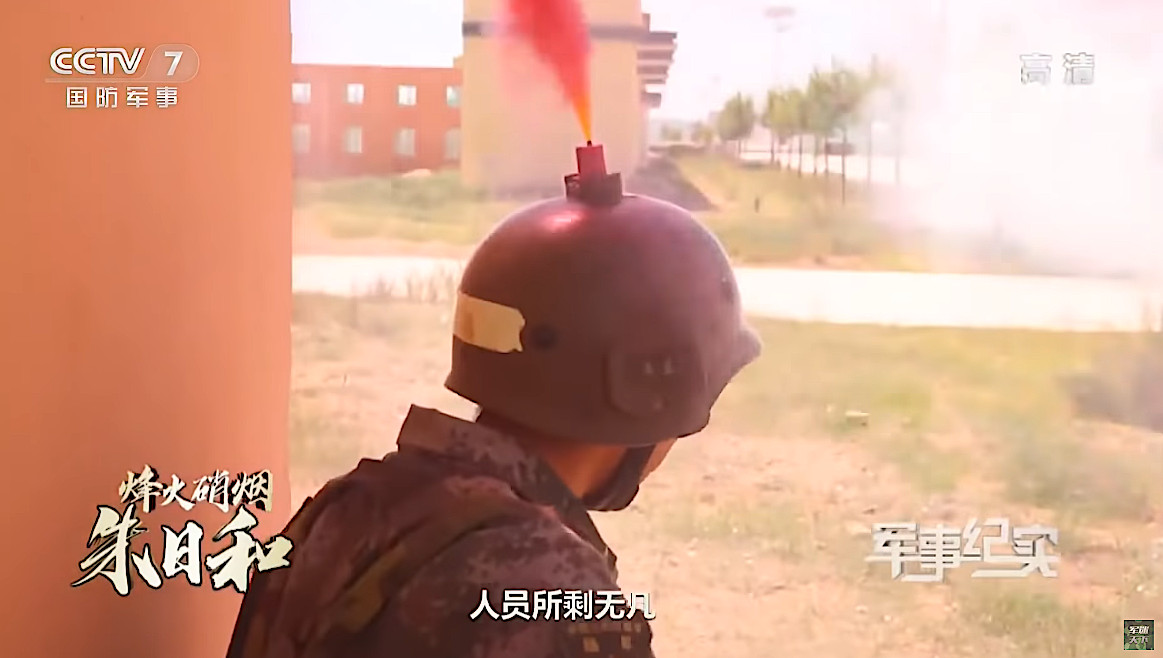
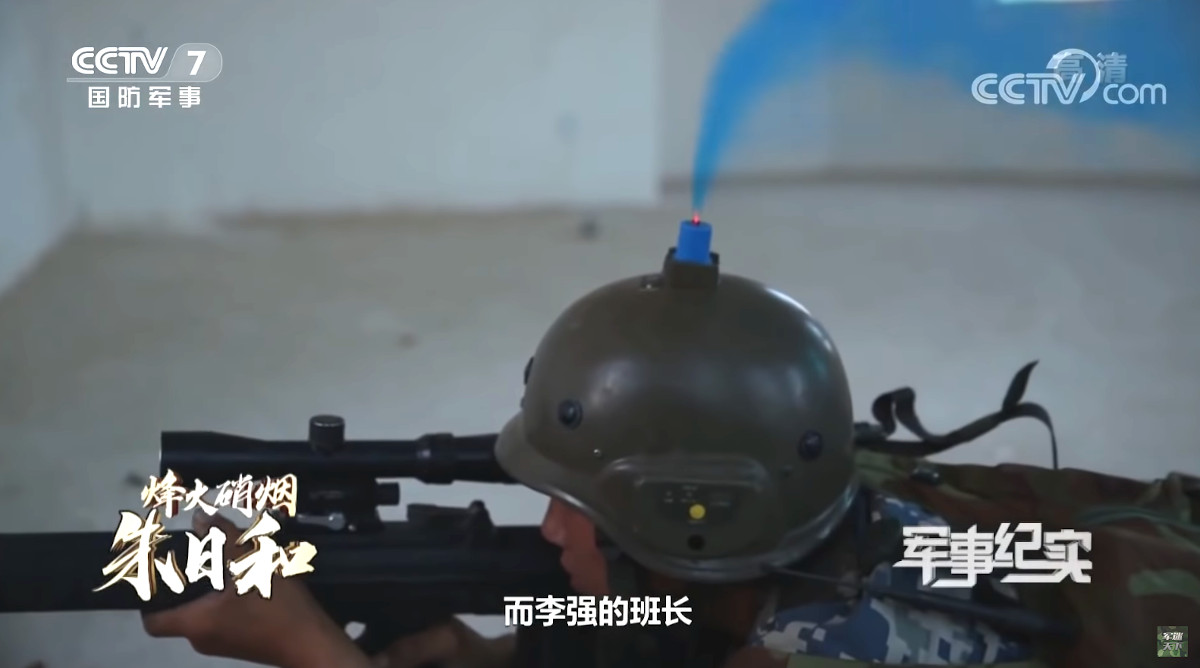
Each soldier’s rifle is equipped with a laser system that “fires” instead of a real bullet when the trigger is pulled and the guns themselves are loaded with blanks. When sensors on an individual’s helmet or a harness they wear on their torso register a hit, the smoke goes off and that’s it for them.
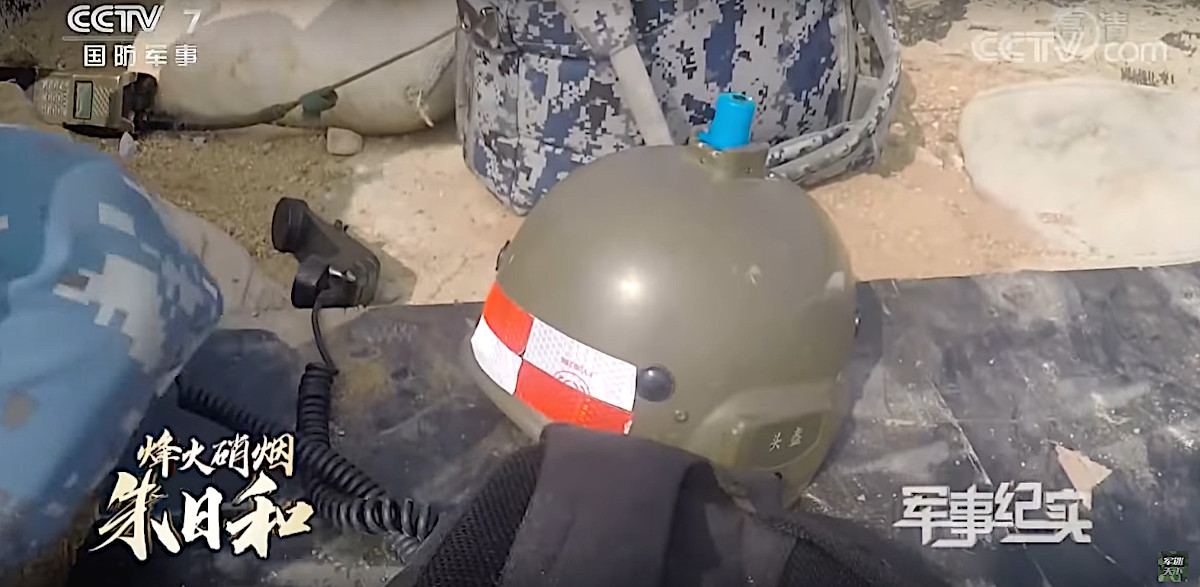
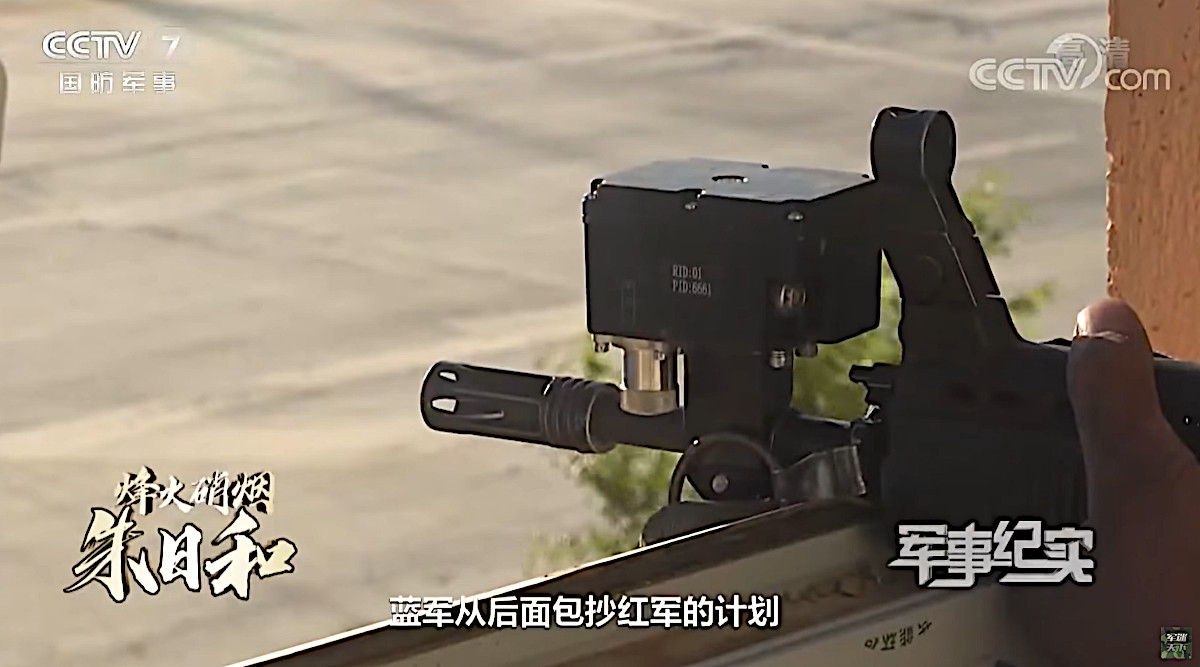
The PLA isn’t the only country to employ a laser-based training system for force-on-force exercises. In the late 1970s, the U.S. Army adopted the first iteration of the Multiple Integrated Laser Engagement System (MILES). The service, as well as other branches of the U.S. military, had adopted improved versions in the decades since then.
When it comes to infantry units, MILES works much the same way as the PLA’s system, with lasers attached to rifles and machine guns and troops wearing rigs on their helmets and harnesses on their bodies with sensors to register hits. Unlike the Chinese system, MILES declares individuals to be “dead” with a loud tone.



Early versions of MILES presented opportunities for troops to cheat by turning the sensors off and then on again to stop the noise. Later versions of this system, as well as those in use elsewhere around the world, have instituted methods to prevent this, such as forcing the individual to remove a key from the laser on the weapon, disabling it, and then inserting it into a separate box to stop the ringing. Some variants require the wearer to physically lie down on their back to cut off the sound. Some more advanced versions are even networked and will alert commanders and exercise controllers of kills remotely.
As long as it accurately registers a hit, the Chinese system offers a different way of making it abundantly clear when an individual gets knocked out, at least initially. It’s not clear if they could wait out the relatively short burn time on the smoke canister and then get back in the fight or if the laser on their weapon gets disable somehow in the process, as well. It’s also a much more visual display than troops would get on an actual battlefield, where it might be unclear if an enemy is actually neutralized, especially during firefights at extended ranges.
The CCTV segment also offers some broader views of Zhurihe. Directly adjacent to that urban training area that is the focus of the television program is another section featuring a full-scale cloverleaf highway interchange and an additional cluster of buildings that, provocatively, includes a replica of the Presidential Office Building in Taipei, Taiwan, as well as the Taiwan Ministry of Foreign Affairs. None of these structures appear in the footage, but it does show another particularly odd feature at Zhurihe, a sub-scale recreation of France’s Eiffel Tower.
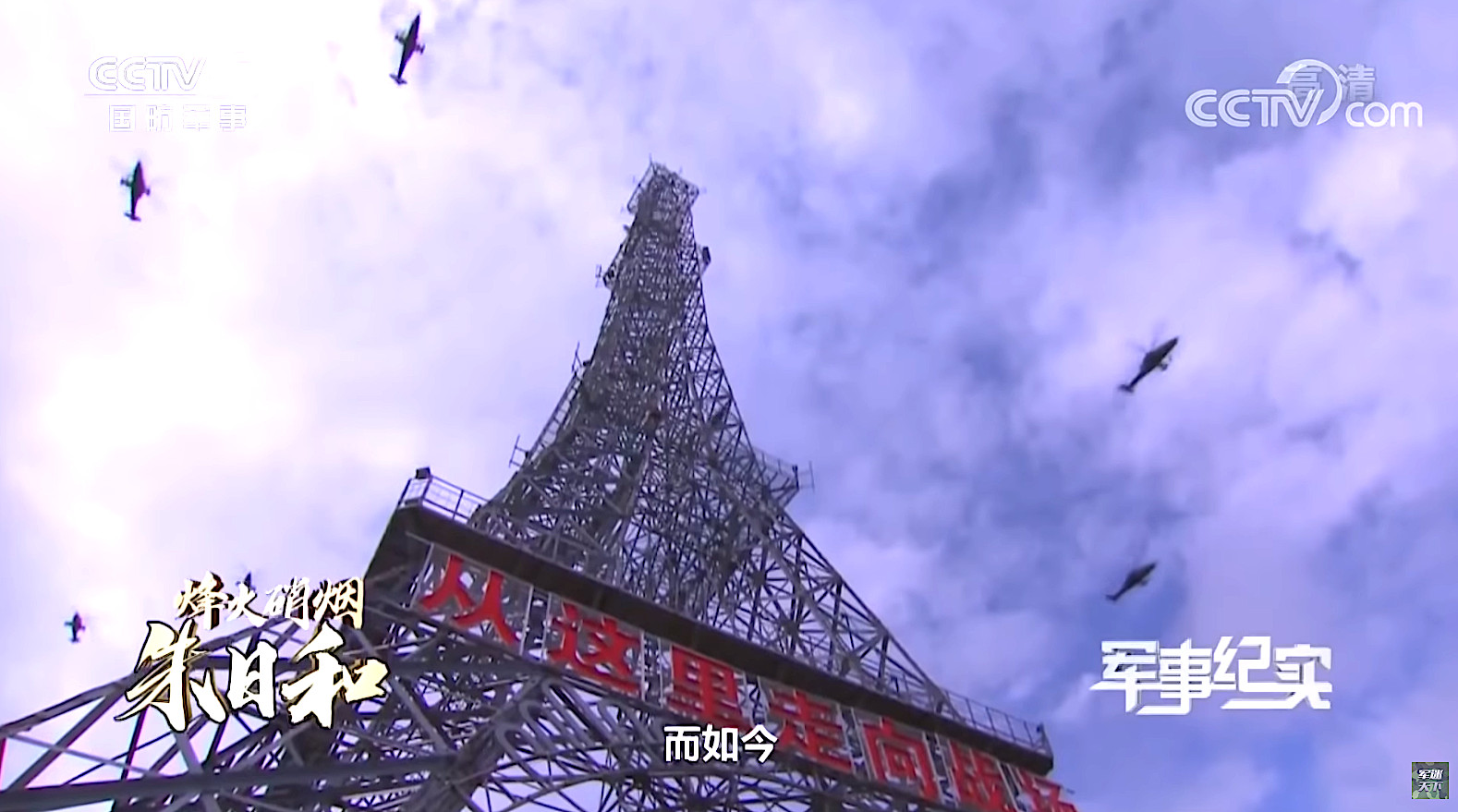
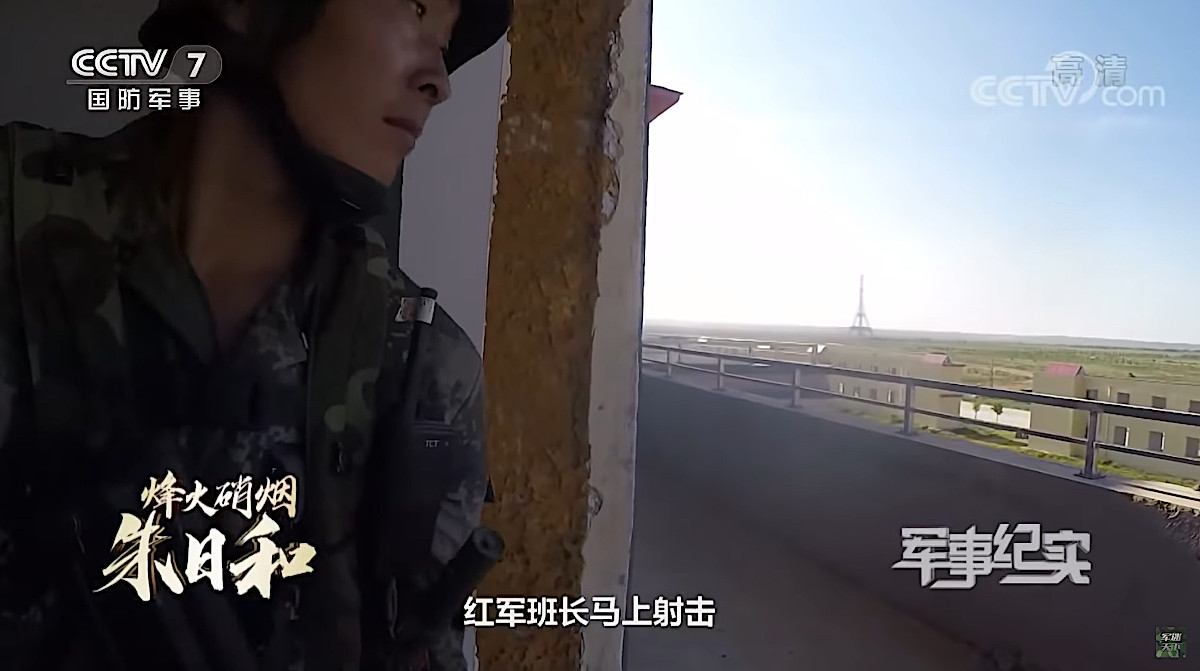
Some portions of the facility are deliberately blurred out, but it’s not entirely clear why. Some of the obscured portions could be the Presidential Office Building or other structures in the distance in that separate area of the base, while others appear to be signs or slogans on certain structures.
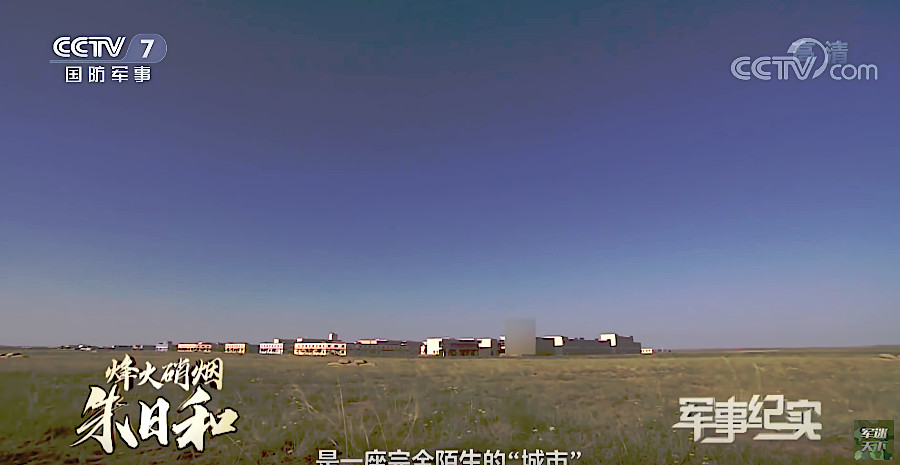
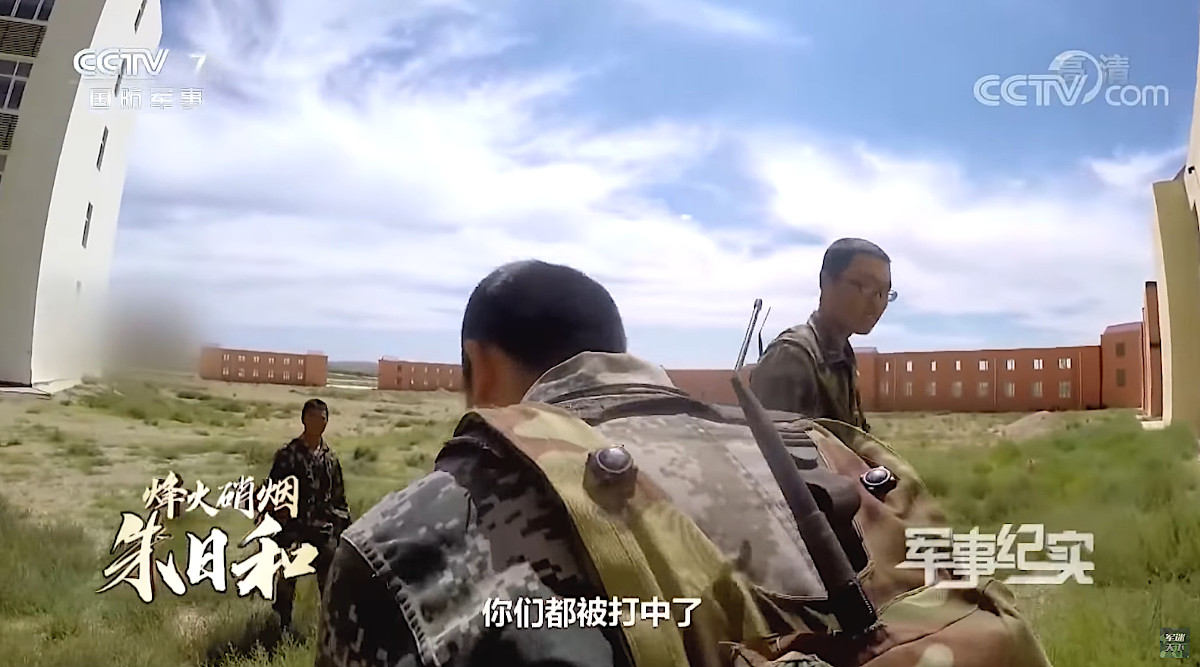
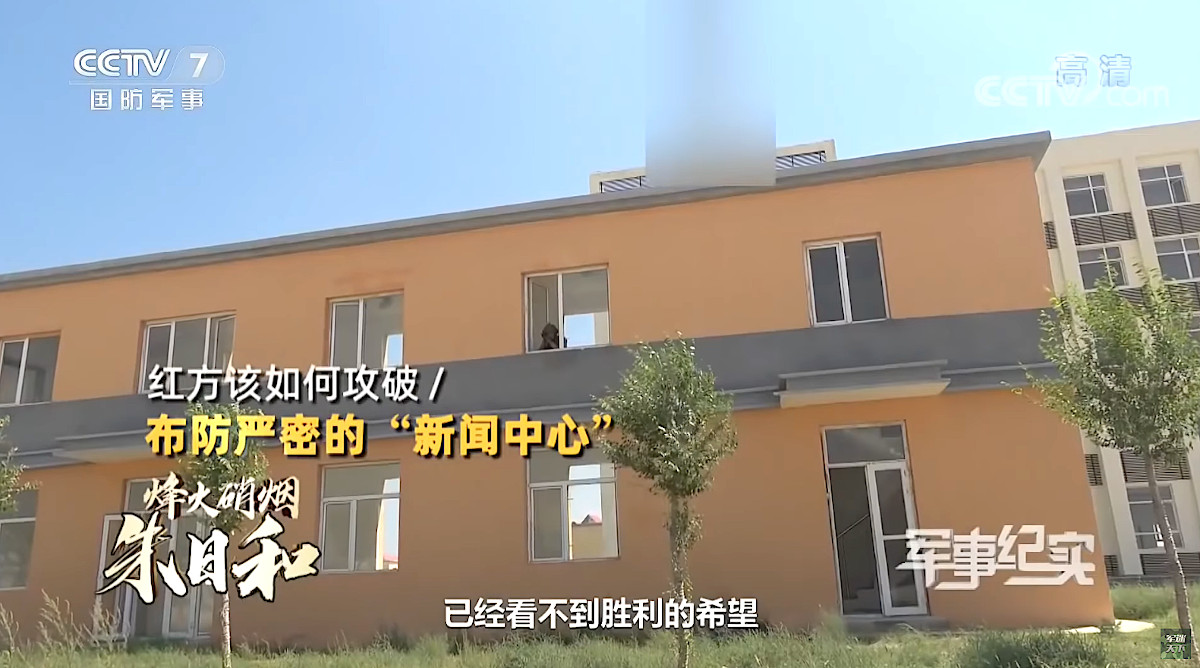
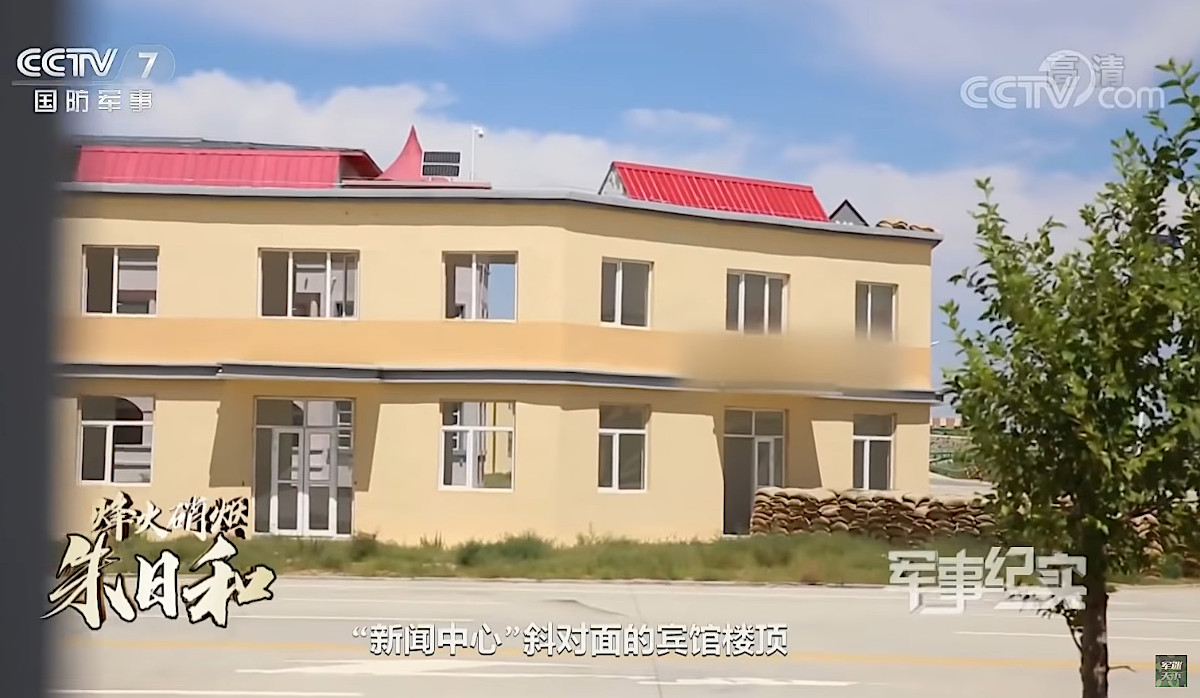
Overall, Zhurihe is billed as the PLA’s premier ground training facility, a world-class array of facilities with modern capabilities similar to the ones that biggest competitors, such as the United States, operate.
The Chinese laser training system is certainly a part of this push for more advanced and realistic training capabilities and is an interesting blend of high and low tech that seems to get the job done in a way that is unique to the Chinese military.
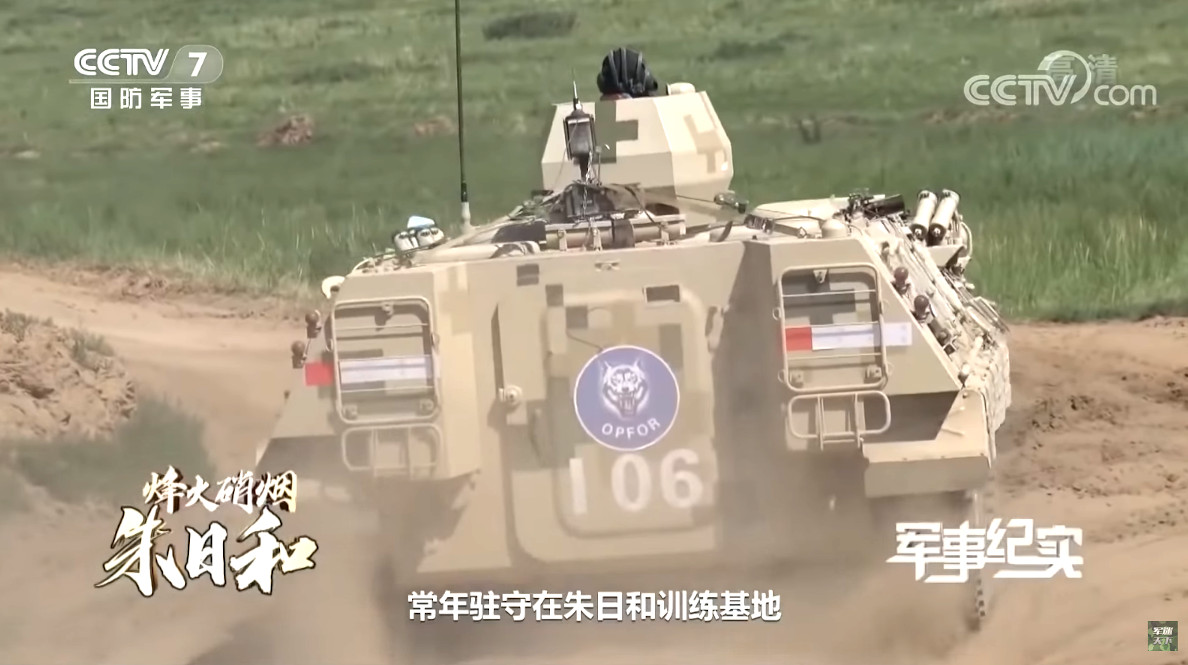
Contact the author: joe@thedrive.com
